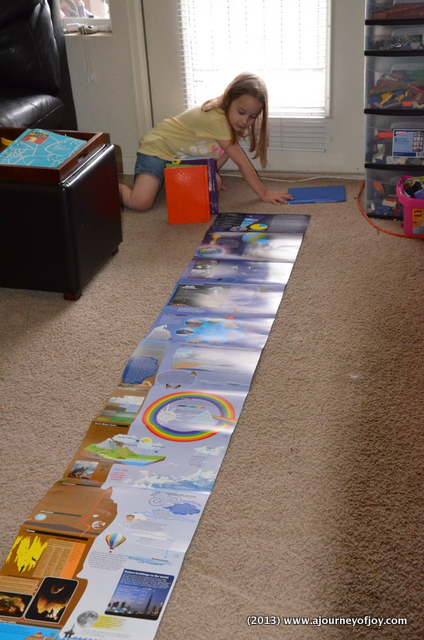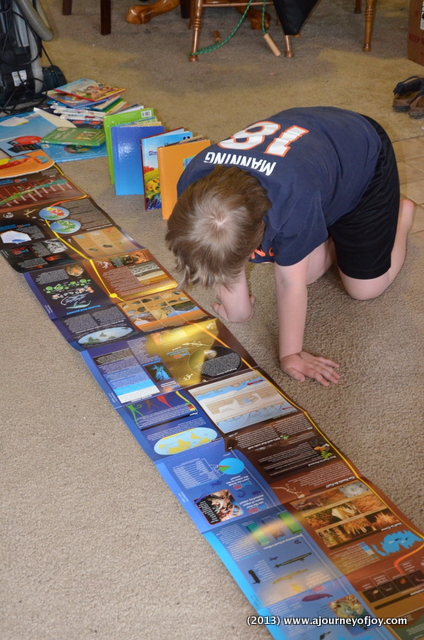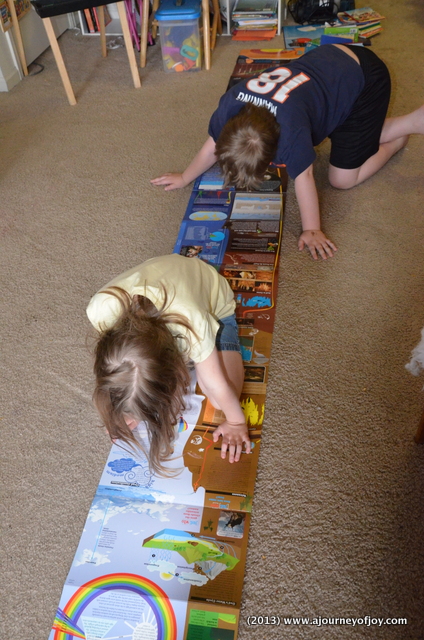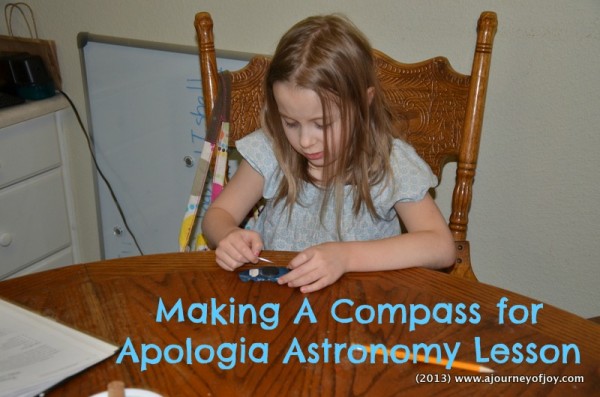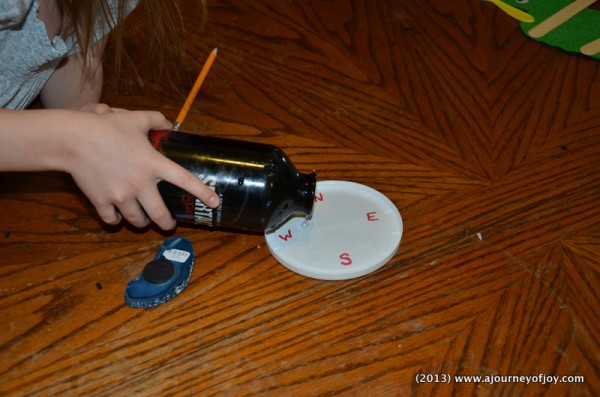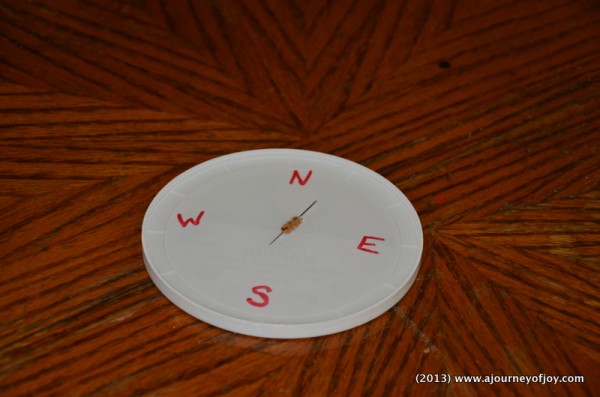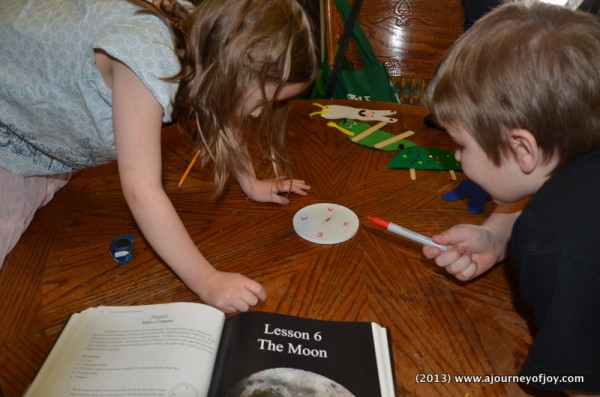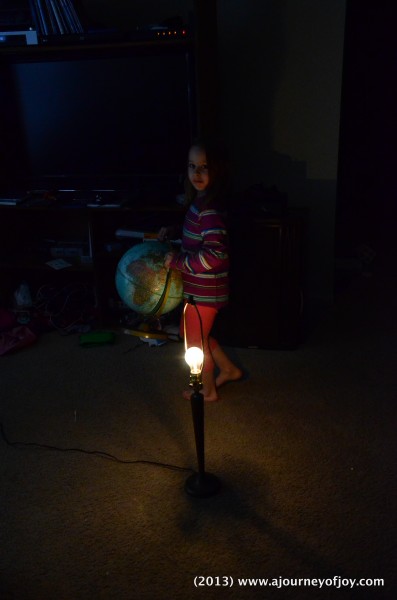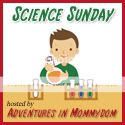The Big Book of Earth and Sky is a 15ft chart book that is written by Bodie Hodge and Dr. Carolyn Reeves and published by New Leaf Publishing. This book shows and explains about the Earth and the Sky from the Outer Atmosphere all the way to the Inner Core of the Earth, from a creation point of view. The book is specified for ages 7-12. However, I think a younger child would enjoy it, if a parent was reading the information to the child. The illustrations are very colorful and draws you in to the book.
There are several ways you can use the Big Book of Earth and Sky. You can read it as a chart as you fold it out, panel by panel. You can use it is a resource tool. You can use it as a spring board (along with the Teacher’s Guide), to learn about different topics from the Earth’s Atmosphere to the layers of the Earth. This book would be a great start to use for a unit study, using the Teacher’s Guide.
The Big Book of Earth and Sky has detailed charts and graphs about the earth’s crust, caves and clouds. You can read all sorts of facts about the mountains and the weather. You can explore the oceans and read about deep-sea diving records. You can read about the water cycle, mountain zones and volcanoes. The amount of information packed into this book is amazing.
Our family is a science loving family. We love learning all about God’s creation, how things are made and how they work. This book does not let us down in any way. It talkes about many things of the Earth and Sky. It gives a lot of pictures showing different parts of the earth, explaining how things work and how things are formed. We have looked at this book almost daily since we have received it and have learned something new every time we have looked at it. We highly recommend this book! We think that Mr. Bodie Hodge and Dr. Carolyn Reeves did an amazing job putting together this book.
If you purchase the book online from New Leaf Publishing, you can also purchase the Teacher Resource Guide for $6.99 or you can download it for free! The teacher Resource Guide has questions, activities and discussions that you can do with your children.
Be sure to join Master Books on their Facebook Page for the Book and a Bite Party. It will be May 28th, 2013, beginning at 8pm CDT. The Big Book of Earth and Sky will be featured along with our Bite Sponsor Devo Olive Oil (http://devooliveoil.com/). They will even be giving away a prize! There will be other prizes at the party, including gift certificates. I hope to see you there!

disclaimer: I was given this book by New Leaf Publishing Group/Master Books in exchange for a review. All opinions stated are my own. No other compensation was given.

